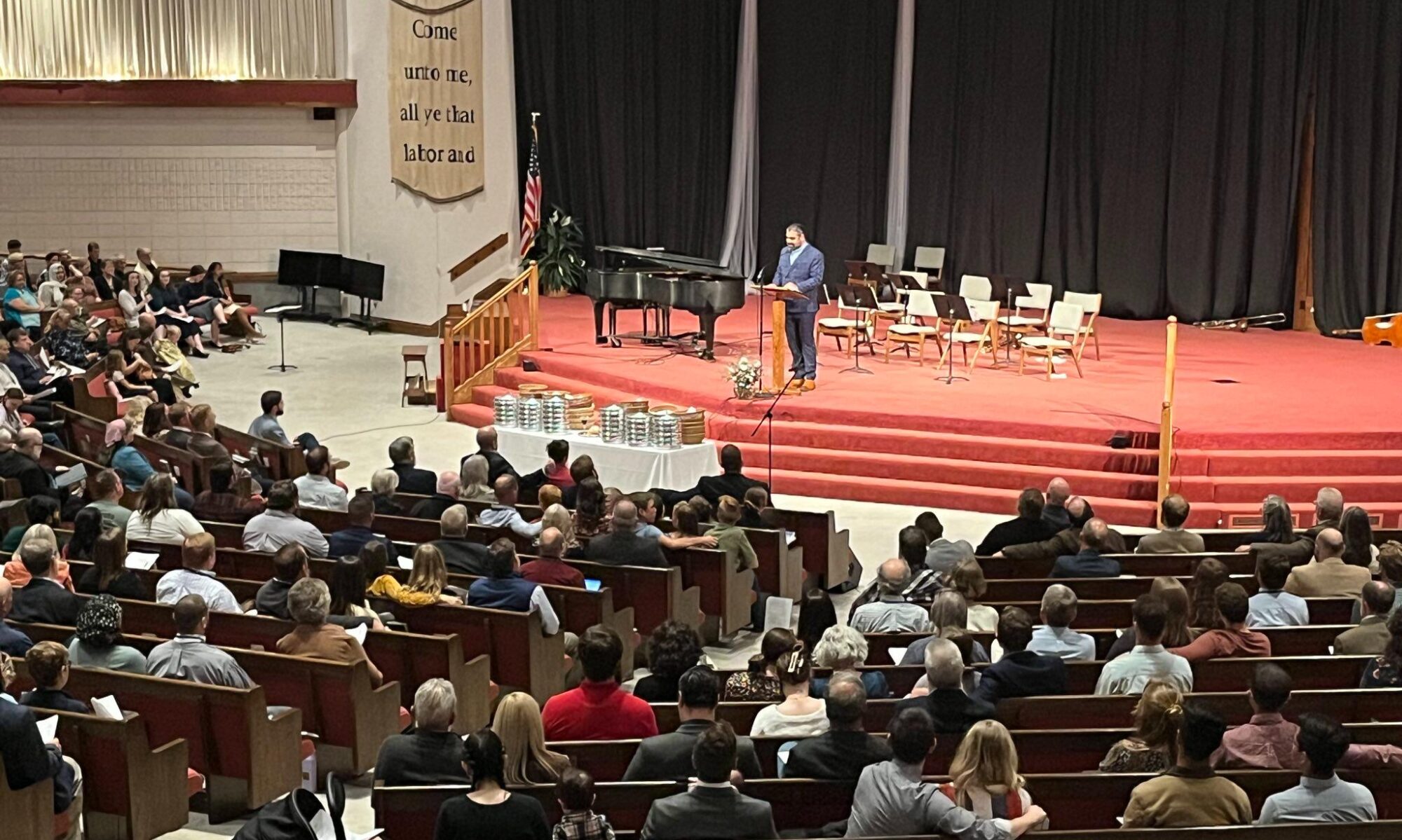For look she did, “and saw two angels in white, sitting, the one at the head and the other at the feet, where the body of Jesus had lain.” Why is it that one was sitting at the head, and the other at the feet? Was it, since those who in Greek are called angels are in Latin nuntii [in English, news-bearers], that in this way they signified that the gospel of Christ was to be preached from head to foot, from the beginning even to the end? a
Reformation Myths, Part III
The third myth is that the Reformers invented the idea of predestination. The Reformers certainly taught the idea of predestination, but they certainly did not invent the idea of predestination. Augustine many centuries earlier in response to the heretic, Pelagius, had a very developed theology of predestination. Augustine wrote:
“For not only has God given us our ability and helps it, but He even works [brings about] willing and acting in us; not that we do not will or that we do not act, but that without His help we neither will anything good nor do it.”
But beyond that, it was Moses and Paul who first said that God will show mercy on whom He will have mercy. John Calvin’s greatest work is undoubtedly the Institutes of Christian Religion. Evangelicals may get the impression that the only thing Calvin talked about was predestination, when in fact Calvin did not tackle the subject of predestination until the tail end of Book #3 of the Institutes. This means that you have to read more than 900 pages to get to Calvin’s position on predestination, and when you get there, you will find that Calvin talks about predestination in terms of how this truth will comfort us. For Calvin, predestination was a doctrine of comfort, not some ethereal and academic topic. The Reformers believed in predestination because Moses, Jesus, John, Paul believed it exalted the grace of God, so the Reformers taught it with full biblical conviction.


